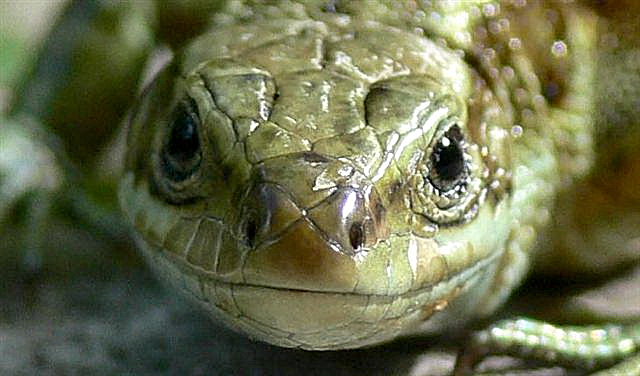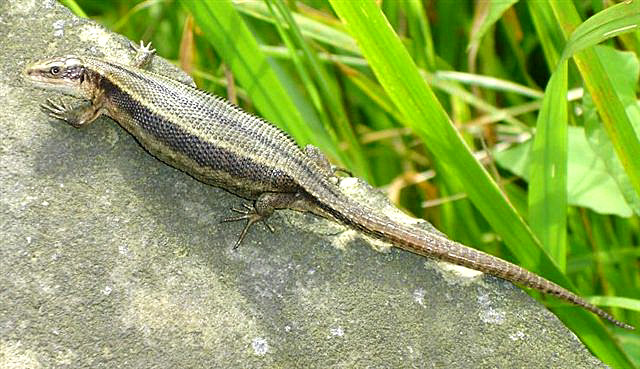1 August 2007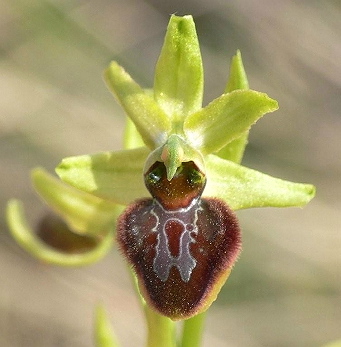

The Spider Orchids
Aah once the sun starts shining again, our roving man on the spot and naturaliste extraordinaire, Phil Eyden, can be found out and about exploring the local woods and meadows in search of all things natural.We know spring and summer are here for sure when we see the latest shots coming in off the wire from Phil, and so here we are with the hot new additions to Phil's hugely popular specialist page. Fortunately Phil has sent me some informed notes on the wonders he encounters, otherwise one might find oneself all at sea! The pictures above are amazing and were taken in Samphire Hoe of the rare Spider Orchid. Such delicate things of beauty and few of us know of their existence at all. We are therefore delighted on Doverfroum to have Phil out there in the undergrowth on our behalf.
Phil Eyden says...
"A Samphire Hoe success story
I popped down Samphire Hoe on a recent afternoon to see if I could find Early Spider Orchids (Ophrys sphegodes), as these are a very scarce species. They are only nationally known from a very few isolated populations on chalk downland in East Kent, Sussex and Dorset. The Early Spider Orchid is so scarce it has been classified as Nationally Scarce on the World Conservation Union Red Data List, it is also protected under the Wildlife and Countryside Act making it a criminal offence to pick it. It is therefore most gratifying to see that last year 8000 were recorded from Samphire Hoe and this year the population is probably at least as many.
The Early Spider Orchid is one of the earliest orchids to appear in the UK and gets it's name from the flower which resembles a large fat spider. The glistening nectar is contained on either side of the pouch where the spider's eyes would be - you should be able to make these out in the photos."
Phil Eyden says... "This is a slowworm I spotted in Cowgate cemetery last week. These are, of course, tail-less lizards and are not snakes, and unlike the snakes have eyelids. They also tend to eat slugs and spiders so having a population in your garden is a good thing! They are starting to emerge now that it's getting noticeably warmer and sunnier, but hey are not as common as they used to be. Slow worms are now a protected species."
Many thanks to Phil as ever for the great pictures and informed notes.
UNFORTUNATE NOTE: This page is from the old magazine section which didnt have a COMMENT facility.Similar in fact to Doverforum Dick's Food Guide which I am currently writing a piece for but is also in the same boat. We will do a new page for Phil soon which will have all facilities, when Phil comes back with some more excellent stuff for us all to enjoy. I will do a thread shortly in the Letters Club for the moment to try and make up for the deficiency. PaulB.
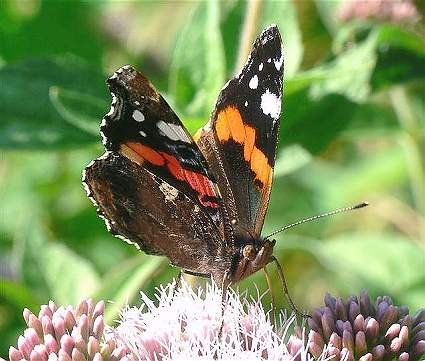
An altogether more gentler 'beast' of the forest this time from Phil. See the pictures below for some of the true beasties lurking in your undergrowth, but not this time. This time it's a real and delicate beauty on the wing.Yes ... a Red Admiral butterfly shot in scintillating high summer in Cowgate Cemetary right here in Dover. Just look at those colours. Our roving camouflaged cameraman moved delicately through the underbush to capture this beauty in all its magnificence, so that we can all enjoy it now in cooler crisper days. Aaah summer...so long ago now it seems. Well done again Phil Eyden. Keep up the good work.
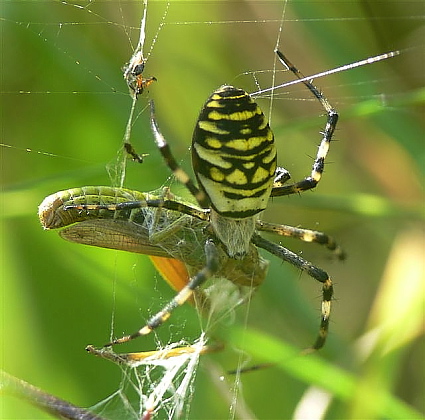
This rare fellow is a Waspspider and its only the second one our 'roving man on the spot' Phil has ever seen. Here we see it going about it's daily luncheon business as it tucks into a nice meal of tasty Cricket. I know I know, it's not for the fairthearted this picture, but again it shows nature in the raw and very welcome it is too. The picture was taken by ace man Phil over at Cowgate Cemetary in late summer right here in downtown Dover...proving that for beasties and boogeys and things that go bump in the night, you cant beat a Cemetary and Cowgate is up there with the best of them.
This picture on the left is the latest in a long series of excellent pictures we will be showing from Phil. Next time we may very well titilate your tastebuds with a shot of a gentle butterfly, which will make a tender change from this grisly Waspspider having his light lunch. Much more to come from Phil.

Hoverfly.From the camera of Phil Eyden. Superb shot again. Yes our Fab Phil went out for a rove recently with his roving camera to Cowgate Cemetary ( ermmm where is Cowgate Cemetary anyway??) and in the all too brief spell of superb weather, all the little beasties and bugs were out taking the salt sea breezez and the warm summer air. Phil was again our man on the spot and was very successful with his camera. We have a whole brace of pictures which will be added to Phil's Picture Page over the coming weeks. Phil has a brilliantly natural eye for all things wildlife so keep going Phil and keep up the good work. Well done again.
Again we have more fantastic pictures from Phil. Latest one added to the list here is another cracking shot of the Common Lizard. Very snake like, in fact I thought this initially was indeed a slippery snake, and was just about to post as much on the Forum. But no, researching into Phil's notes proved otherwise. Fantastic pic once again from Phil.
This absoloutely brilliant shot is of the Common Lizard and was taken by 'our roving man on the spot' Phil Eyden. Phil, as you all know, does great work out and about with his camera, so yours truly, a pillar of all wisdom, has decided to devote an entire page or even a series of pages to his pictures. So if your looking in Phil get that camera polished up for more action. Phil took this shot on Langdon Cliffs as I understand it and I really dont want this guy crawling all over my picnic.Ermm the Lizard I mean not Phil!!
The Common Lizard. Phil says
"The Common Lizard aka the Viviparious Lizard measures about seven inches long though about half of that length is the tail. It is a favourite food of the aforementioned adder and it tends to eat insects and grasshoppers. It can often be spotted basking on paths, tyres or gravestones. The females give birth to live young and they can shed their tail if they are threatened. A very cute little chap indeed."



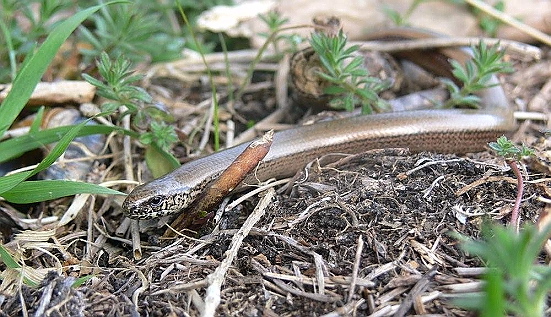

 This rare fellow is a Waspspider and its only the second one our 'roving man on the spot' Phil has ever seen. Here we see it going about it's daily luncheon business as it tucks into a nice meal of tasty Cricket. I know I know, it's not for the fairthearted this picture, but again it shows nature in the raw and very welcome it is too. The picture was taken by ace man Phil over at Cowgate Cemetary in late summer right here in downtown Dover...proving that for beasties and boogeys and things that go bump in the night, you cant beat a Cemetary and Cowgate is up there with the best of them.
This rare fellow is a Waspspider and its only the second one our 'roving man on the spot' Phil has ever seen. Here we see it going about it's daily luncheon business as it tucks into a nice meal of tasty Cricket. I know I know, it's not for the fairthearted this picture, but again it shows nature in the raw and very welcome it is too. The picture was taken by ace man Phil over at Cowgate Cemetary in late summer right here in downtown Dover...proving that for beasties and boogeys and things that go bump in the night, you cant beat a Cemetary and Cowgate is up there with the best of them.
